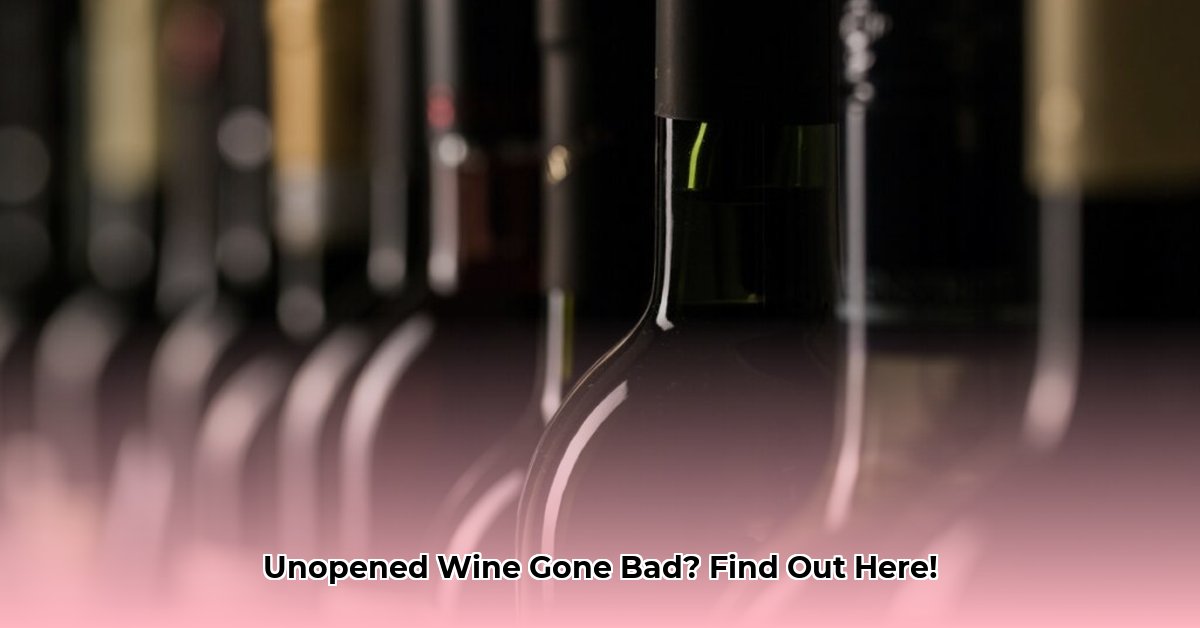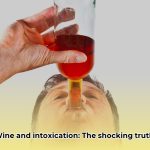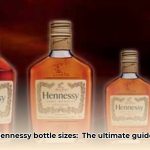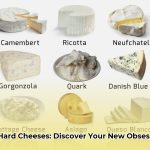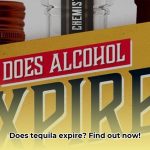Ever stumble upon a forgotten bottle of wine tucked away in a dark corner? That initial thrill of discovery quickly turns to suspicion. Is it still drinkable? Or is it destined for the drain? This comprehensive guide will equip you with the knowledge to determine whether your unopened wine is still good, how to spot a spoiled bottle, and the secrets to maximizing its lifespan.
Unraveling the Mystery of Wine Aging
The age-old myth that unopened wine improves indefinitely is, unfortunately, just that – a myth. While some wines can age gracefully for years, even decades, all wine eventually succumbs to time. It’s not that it becomes unsafe to drink (unless it’s visibly spoiled), but the flavors and aromas will degrade, leaving you with a disappointing experience.
Deciphering the Wine’s Lifespan: Key Factors
Several factors influence a wine’s longevity, each playing a crucial role in its journey through time:
- Wine Type: Light-bodied white wines and rosés are typically enjoyed young (1-3 years), like a refreshing sprint. Fuller-bodied whites and most reds are more like a marathon, reaching their peak within 3-7 years. Fortified wines, such as Port and Sherry, are the ultra-marathoners, potentially lasting for decades, even improving with age.
- Storage: Wine is sensitive to its environment. Ideal conditions mimic a cool, dark cellar: a consistent temperature of 55-65°F (13-18°C) with moderate humidity (around 70%). Extreme temperatures, light exposure, and vibrations can disrupt the delicate balance within the bottle, accelerating spoilage.
- Seal: The closure acts as the wine’s guardian. Natural corks allow for minuscule oxygen exchange, which can benefit some aging wines but also poses the risk of cork taint (a musty, cardboard-like smell). Screw caps provide an airtight seal, preserving freshness in younger wines, while synthetic corks aim to mimic natural cork without the risk of taint. Ongoing research continues to explore the long-term impact of different closures.
- Sulfites: Often a topic of debate, sulfites are a natural preservative added to most wines to prevent oxidation and microbial spoilage. While some individuals have sensitivities to sulfites, their presence generally contributes to a wine’s longevity. However, even sulfites can’t hold back the tide of time forever.
Wine’s Shelf Life: A General Guide
While providing precise expiration dates is impossible, this table offers a general idea of a wine’s potential lifespan under ideal storage conditions:
| Wine Type | Approximate Shelf Life (Unopened) |
|---|---|
| Sparkling Wine | 1-3 years (Non-Vintage), up to 10+ years (Vintage) |
| Light-bodied White | 1-3 years |
| Full-bodied White | 3-7 years (some much longer) |
| Rosé | 1-3 years |
| Light-bodied Red | 2-5 years |
| Full-bodied Red | 5-15+ years (some much longer) |
| Dessert Wine | 10-30+ years (some much longer) |
| Fortified Wine | 20+ years (often decades or even longer) |
| Boxed Wine | 6-18 months (check producer recommendations) |
Inspecting an Unopened Bottle: A Visual Guide
Before uncorking that mystery bottle, conduct a visual inspection. While not foolproof, these clues can suggest potential spoilage:
- Color: For reds, a brownish or muddy hue may signal oxidation. In whites, a deep yellow-brown suggests the wine is past its prime. Some color change is normal with age, so consider the wine type and its expected evolution.
- Cork: A bulging cork indicates pressure buildup, often from undesirable fermentation. Leakage around the cork suggests a compromised seal and potential oxidation.
- Capsule: While damage to the capsule doesn’t necessarily mean the wine is bad, it could indicate improper storage or tampering.
- Fill Level (Ullage): A low fill level compared to similar bottles may suggest seepage and oxidation. Some ullage is expected in older wines due to evaporation.
- Sediment: Some sediment is typical in older red wines, but excessive or unusual sediment could indicate instability.
Wine Storage Best Practices
Provide your wine with optimal conditions to maximize its lifespan:
-
Temperature Control: Maintain a consistent temperature of 55-65°F (13-18°C), avoiding fluctuations. Wine refrigerators offer precise control and are an excellent investment for collectors.
-
Humidity: Aim for 50-70% humidity to prevent cork desiccation. Excessively humid conditions can promote mold growth.
-
Darkness: Protect wine from direct sunlight and excessive artificial light, which can degrade its quality. Store bottles horizontally (for cork closures) in a dark location.
-
Minimal Vibration: Avoid storing wine in areas with frequent vibrations, such as near appliances or high-traffic zones.
-
Wine Preservation Systems: Devices like the Coravin system allow you to pour wine without removing the cork, minimizing oxygen exposure and potentially extending the life of opened bottles.
The Impact of Climate Change
As global temperatures rise and weather patterns become more erratic, maintaining consistent storage temperatures is increasingly challenging. Fluctuations can prematurely age wine, impacting both quality and longevity. Research is ongoing to understand how climate change will affect grape growing and wine production in the coming years and decades.
Frequently Asked Questions (FAQ)
-
Is it safe to drink spoiled wine? While unlikely to cause serious illness, spoiled wine won’t be palatable. It might taste like vinegar or have off-putting aromas.
-
What to do with spoiled wine? Don’t pour it down the drain! Spoiled wine can be used for cooking (reductions, marinades) or added to your compost bin.
[!NOTE]
This article provides general information and does not substitute professional advice. Always consume alcohol responsibly.
Cheers to Savoring Every Sip!
By understanding the factors that influence wine aging and implementing proper storage techniques, you can enjoy every bottle at its peak. So, raise a glass to knowledge and savor the journey of wine discovery! We encourage you to share your experiences and questions in the comments below.
- Doctor Work Life Balance: Proven Strategies for Physician Well-being - November 20, 2025
- Find Your Work-Life Harmony: Quotes for a Fulfilling Life - November 18, 2025
- CRNA Work-Life Balance: Strategies for a Healthier Lifestyle - November 16, 2025
